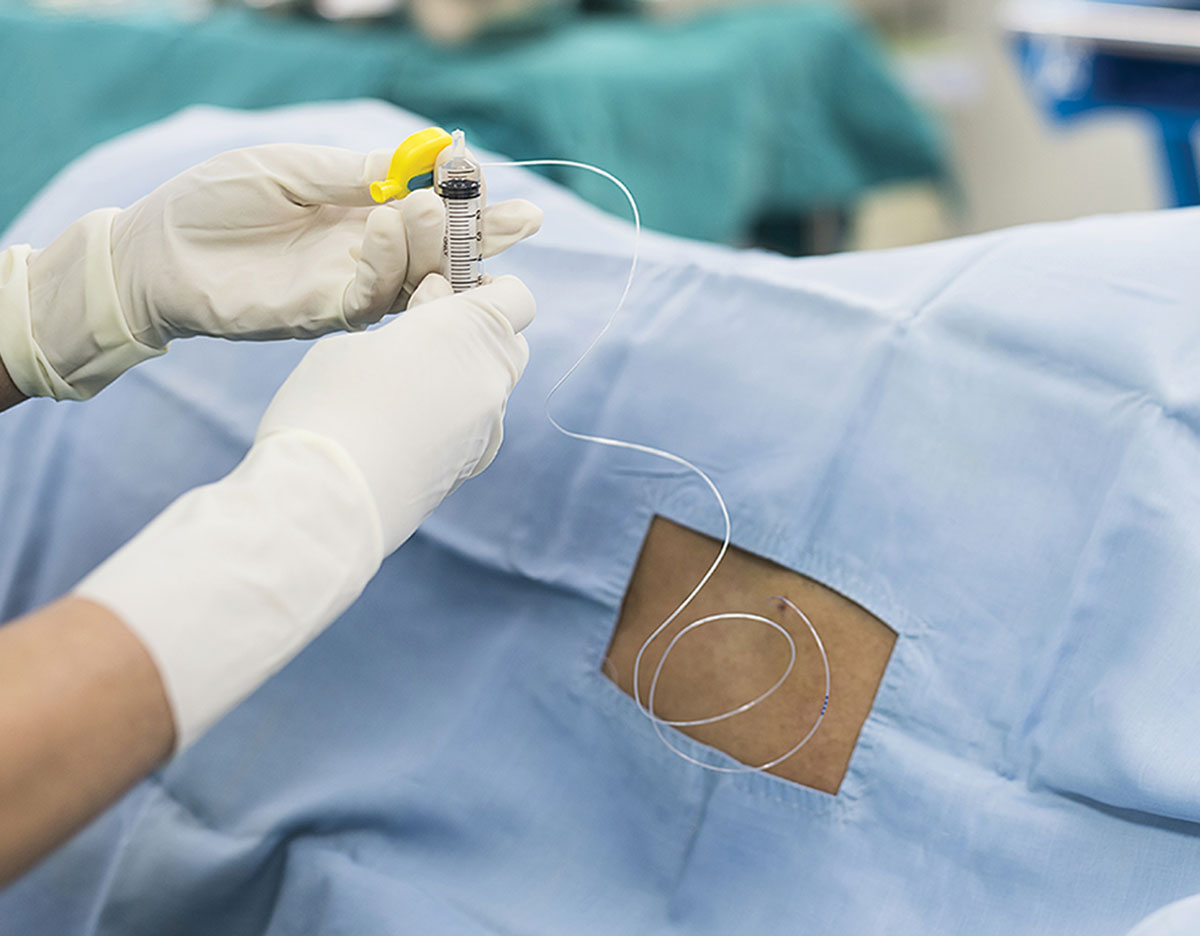Causes and Classification of Lactic Acidosis.

Type A lactic acidosis is by far the commonest group and is usually due to tissue hypoxia caused by systemic or local hypoperfusion, increased glycolysis, reduced oxygen carrying capacity of the blood or reduced tissue oxygen delivery . Apart from excessive muscle activity, other causes of type A lactic acidosis are rare. The inadequate oxygen supply slows mitochondrial metabolism and leads to increased production of lactate from pyruvate. As a byproduct, NAD + is regenerated so that glycolysis can continue. If hypoxaemia is the only factor, it must be severe to overwhelm the compensatory increase in tissue blood flow triggered by low PO 2 .















